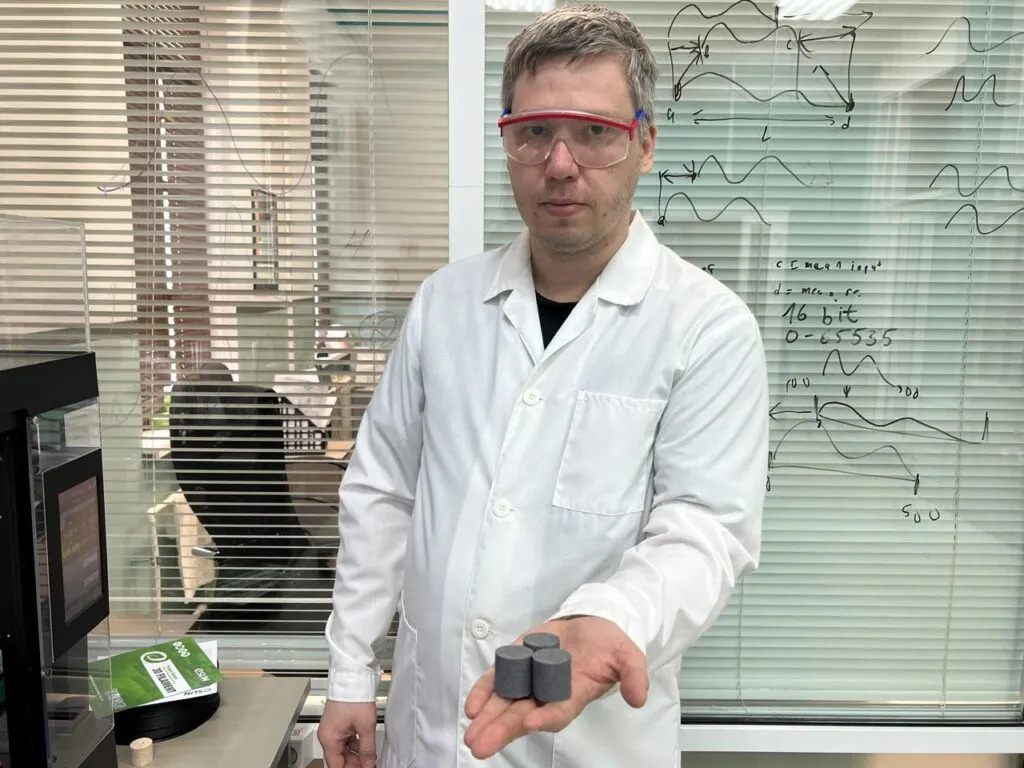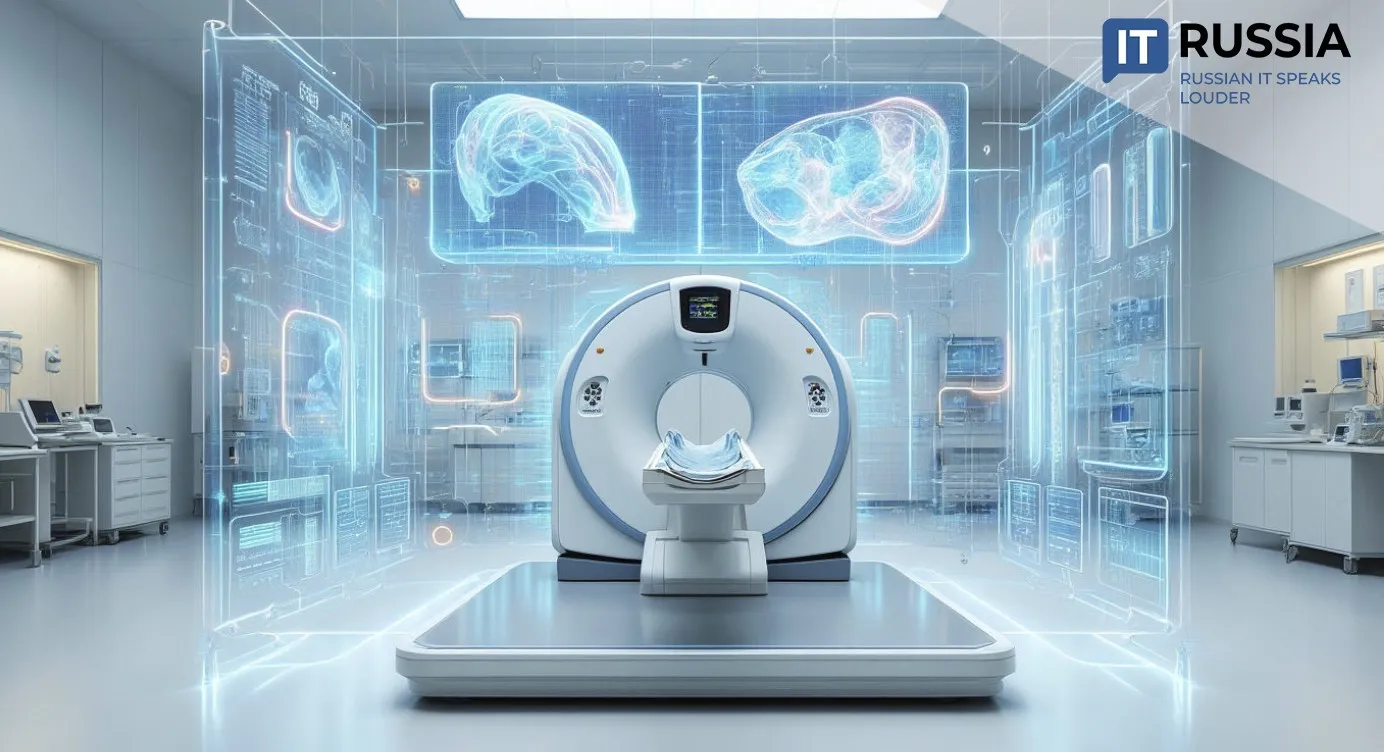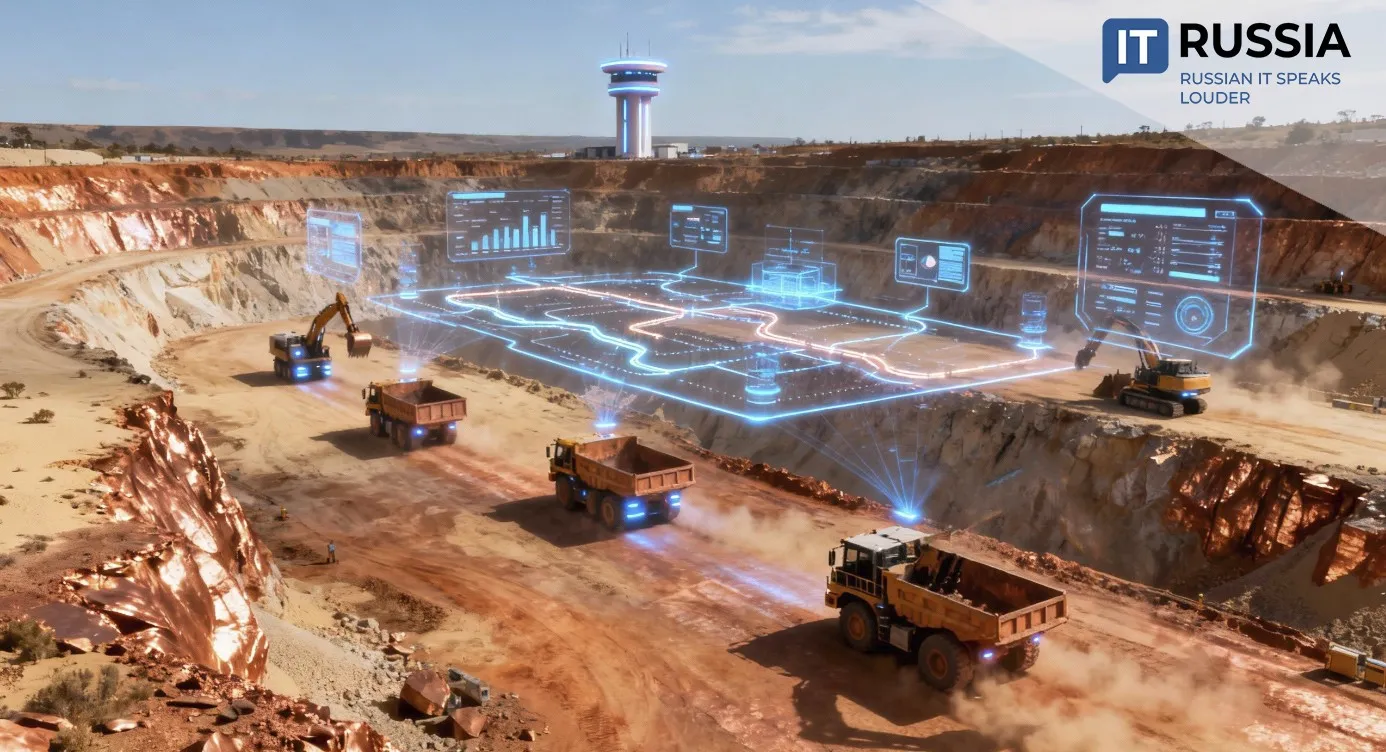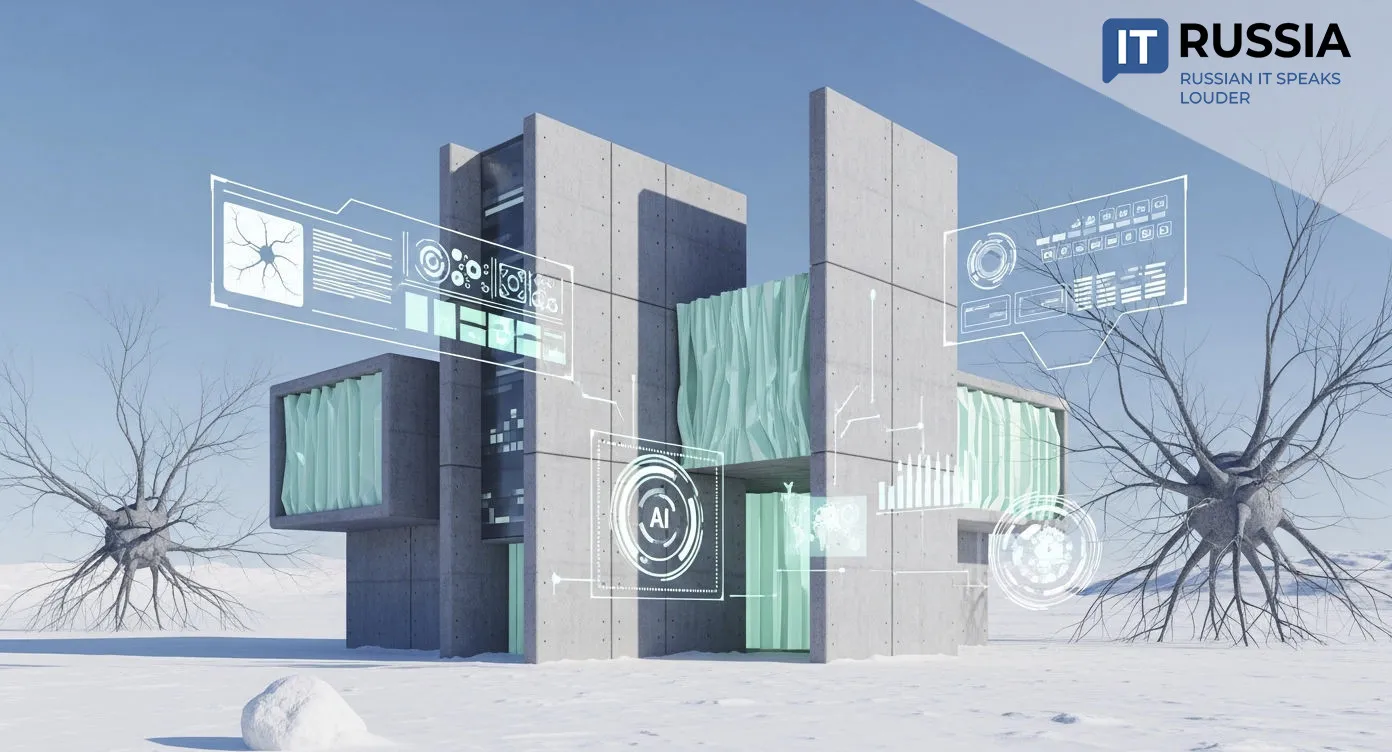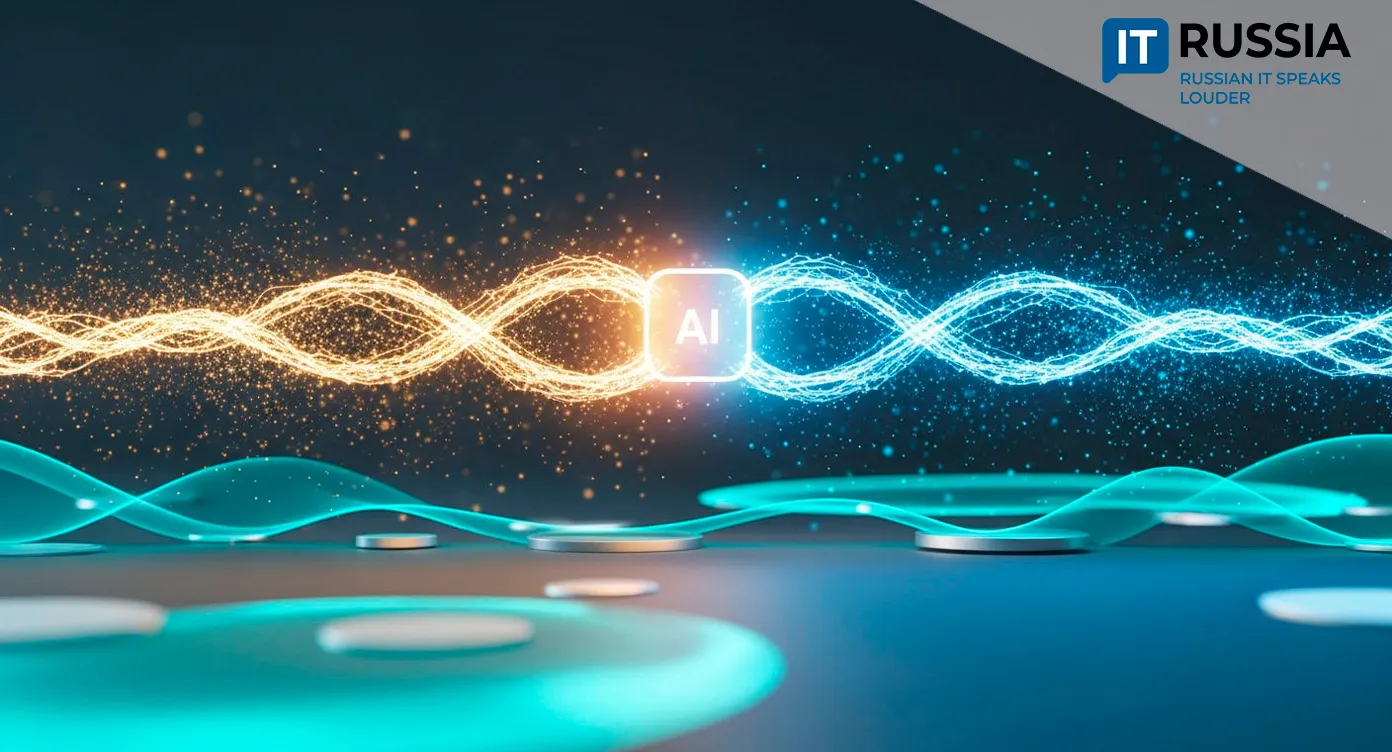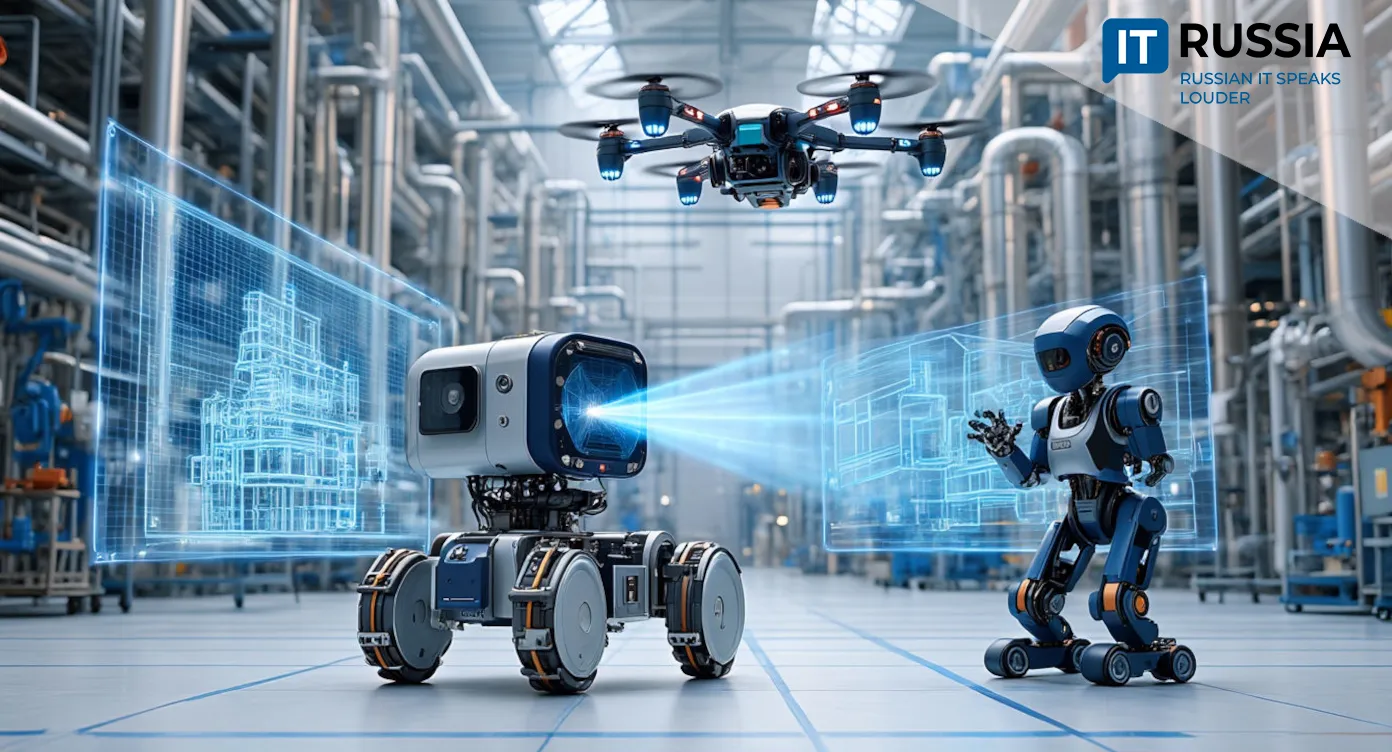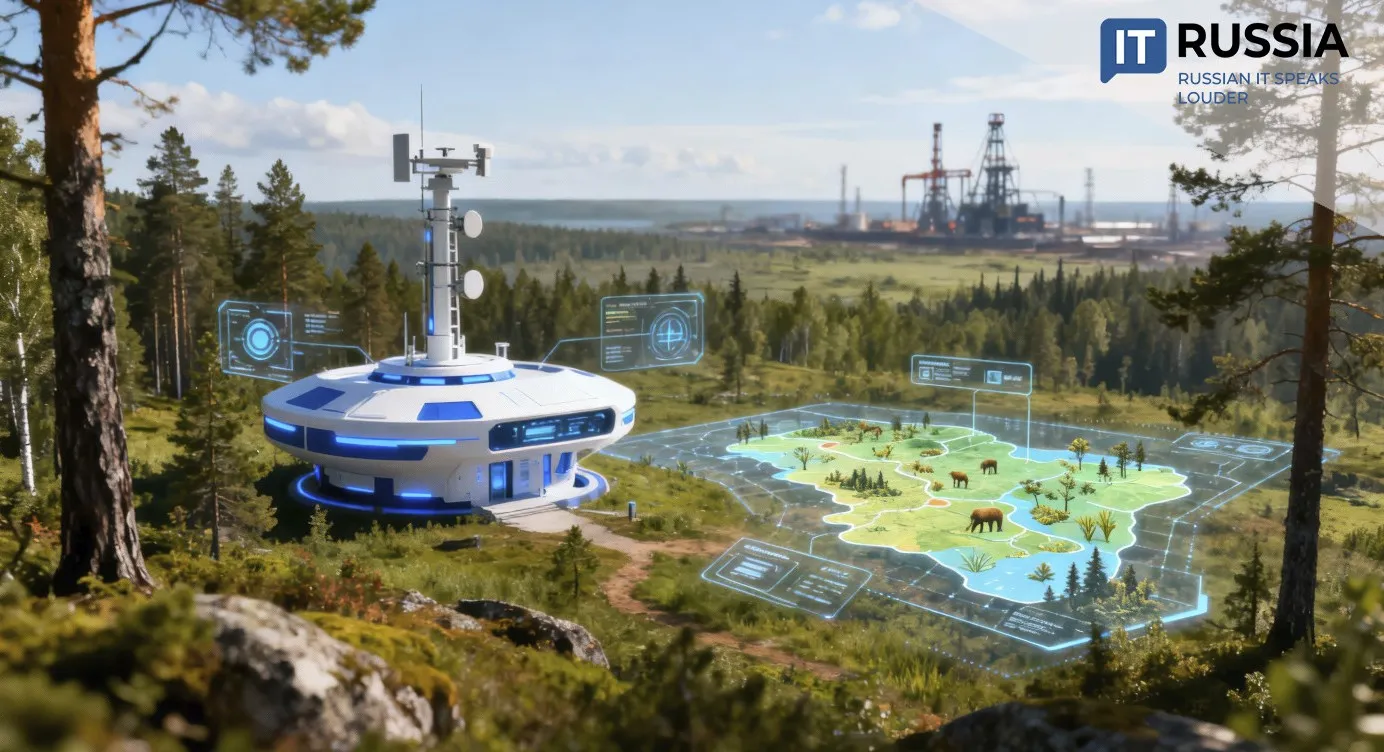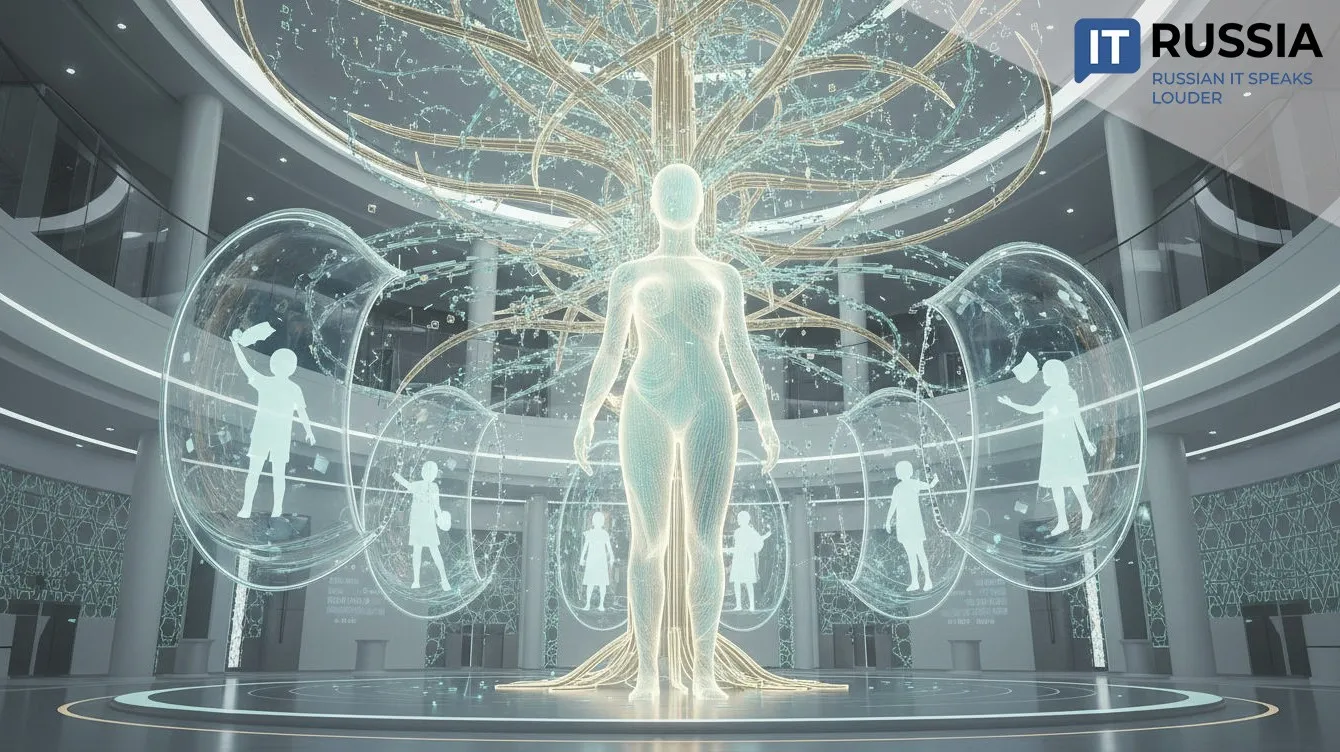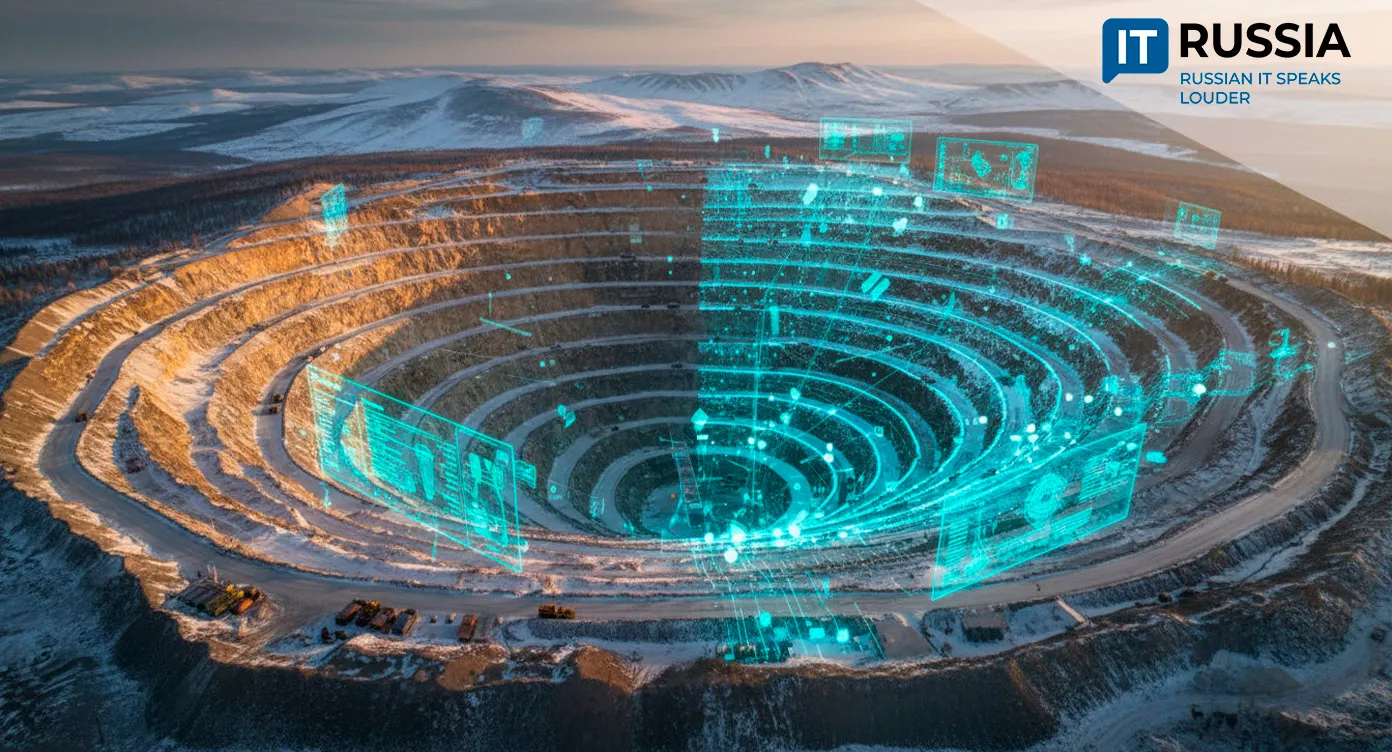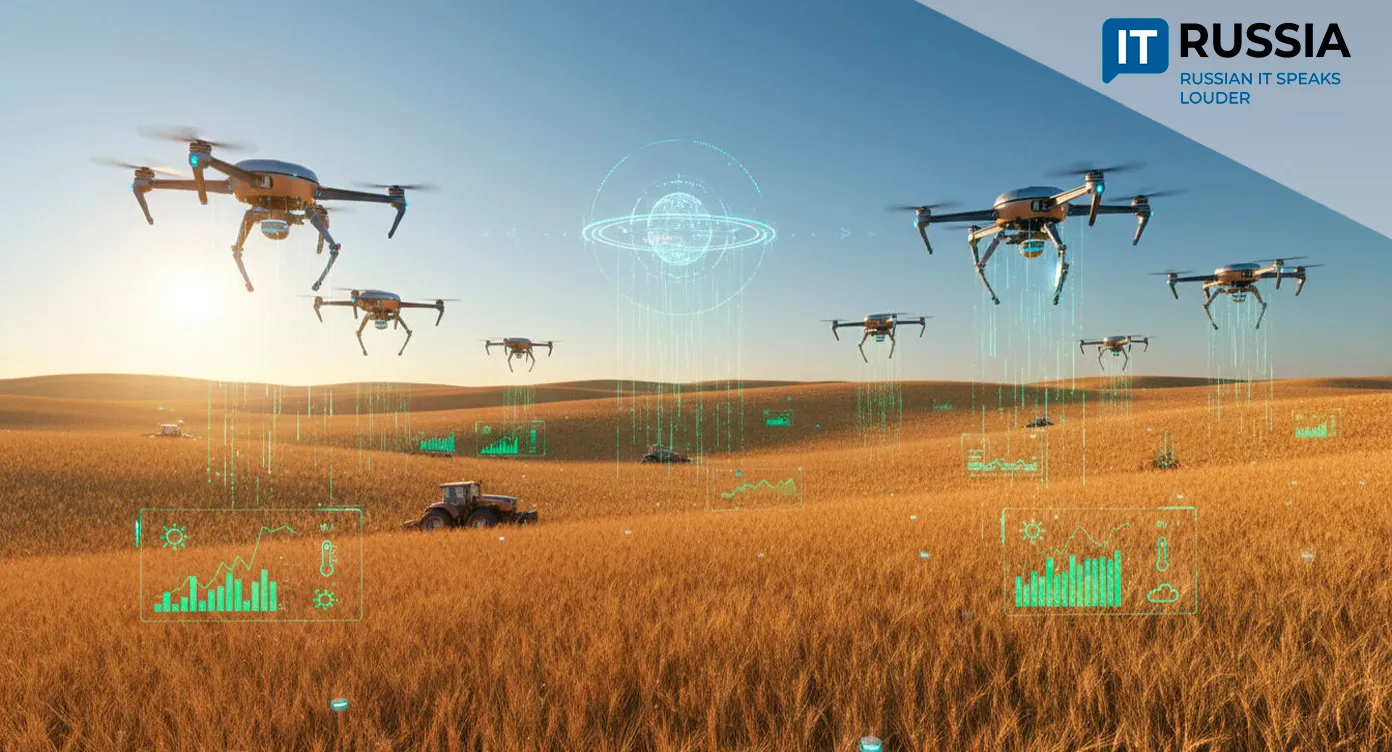Tomography in the Depths: AI and Microtomography Redefine Resource Exploration
Researchers at Kazan Federal University have developed a new method for evaluating the properties of oil- and gas-bearing rock formations. This approach uses microtomography and artificial intelligence to rapidly assess the potential of geological samples, marking a major step forward in subsurface exploration technology.

Industry Context
In the laboratory of Kazan Federal University (KFU), scientists have created a method for the rapid assessment of porosity and permeability in carbonate reservoir rocks. Built on X-ray microtomography and machine learning, the development holds global industrial importance for the technological transformation of key economic sectors. Traditional core analysis—examining rock samples extracted from wells—is labor-intensive and expensive, often taking weeks or even months.
The new approach, which uses tomographic scanning at a relatively low resolution of 34–36 micrometers, reduces the process to just a few hours. The resulting images of pore structures are processed by the Swin Transformer deep learning architecture, which takes into account the geological characteristics of the sample. Permeability is a critical parameter that determines how easily oil, gas, or water can move through a formation. Errors in its estimation can result in multimillion-dollar losses. The new technology helps avoid such risks by providing rapid and reliable data.
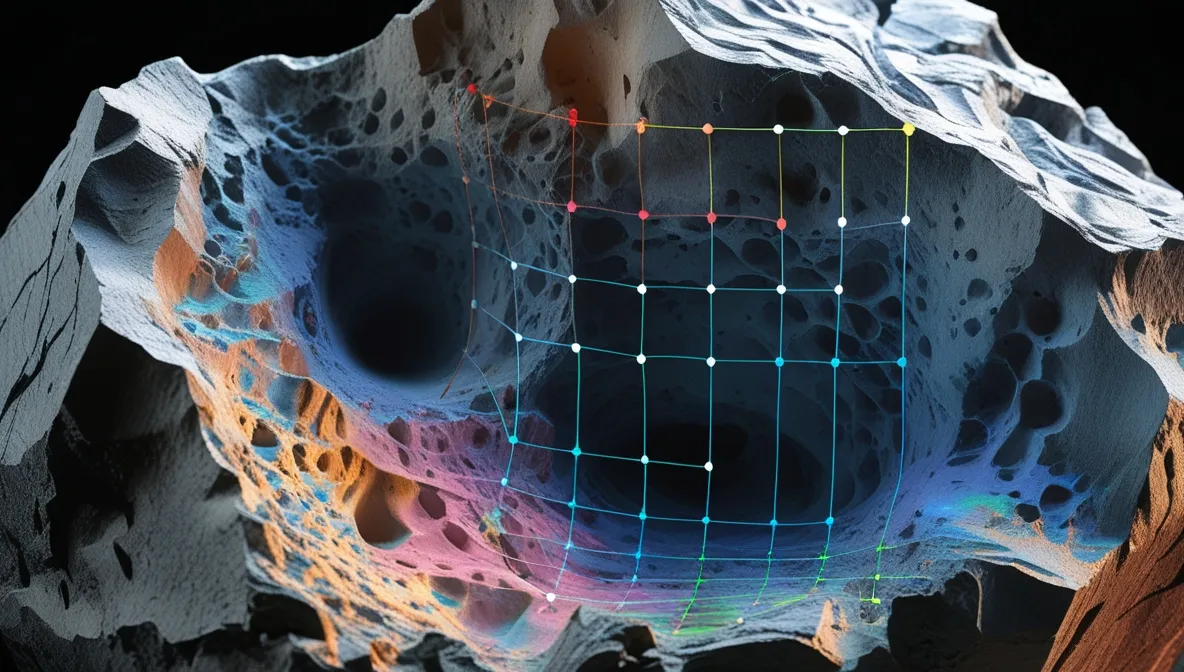
According to the Russian Ministry of Energy, carbonate reservoirs—known for their complex and heterogeneous pore structures—account for roughly 50% of global hydrocarbon reserves. In Russia, these include major fields such as Priobskoye in Western Siberia. For years, limited accuracy in forecasting reservoir productivity was a bottleneck in geological exploration. By applying AI to analyze digital rock ‘twins,’ researchers are improving exploration accuracy and extraction efficiency, ultimately reducing production costs.
Shaping a Technological Trend
KFU’s development represents the next step in Russia’s evolution of ‘digital core’ technology. In recent years, Russian researchers and industrial partners have accelerated efforts in this field. Publications in scientific journals show consistent improvements in the precision of ML algorithms for rock classification, nanopore analysis, and evaluation of filtration and storage properties.
This signals the formation of a new technological paradigm in which traditional laboratory methods are complemented—or even replaced—by high-precision digital modeling. The potential of this method extends beyond hydrocarbons. It can be adapted for identifying aquifers and geothermal resources, supporting Russia’s energy diversification strategy.
Commercialization prospects are equally promising. The solution could evolve into a software-as-a-service (SaaS) platform for geological exploration, with significant export potential. Its natural markets include regions with extensive carbonate reservoirs—such as the Middle East, North Africa, and Central Asia.
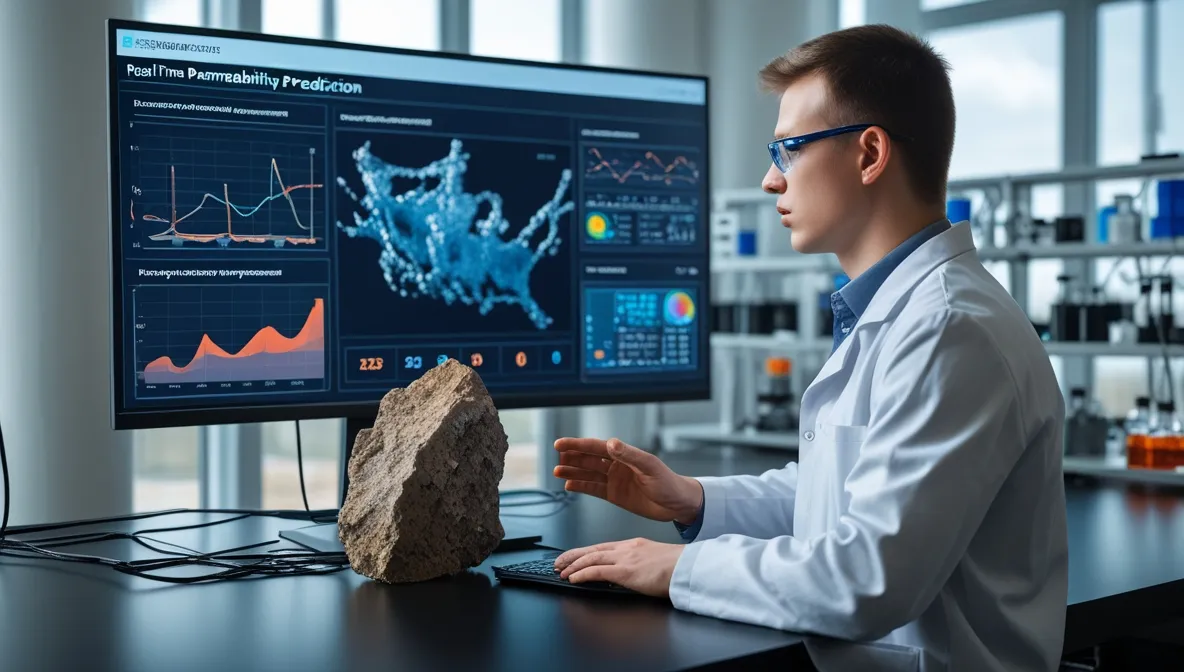
Market Dynamics and Future Prospects
Interdisciplinary research often drives innovation with tangible economic effects, and this project is no exception. The future of the extractive industries clearly depends on digitalization and AI integration.
Pilot testing of the KFU method is expected to begin in partnership with leading Russian mining and energy companies over the next year. Within three to five years, experts forecast the technology’s integration into major service centers as a standard pre-assessment tool. The long-term vision involves exporting the solution as SaaS or embedding it within comprehensive analytical systems.
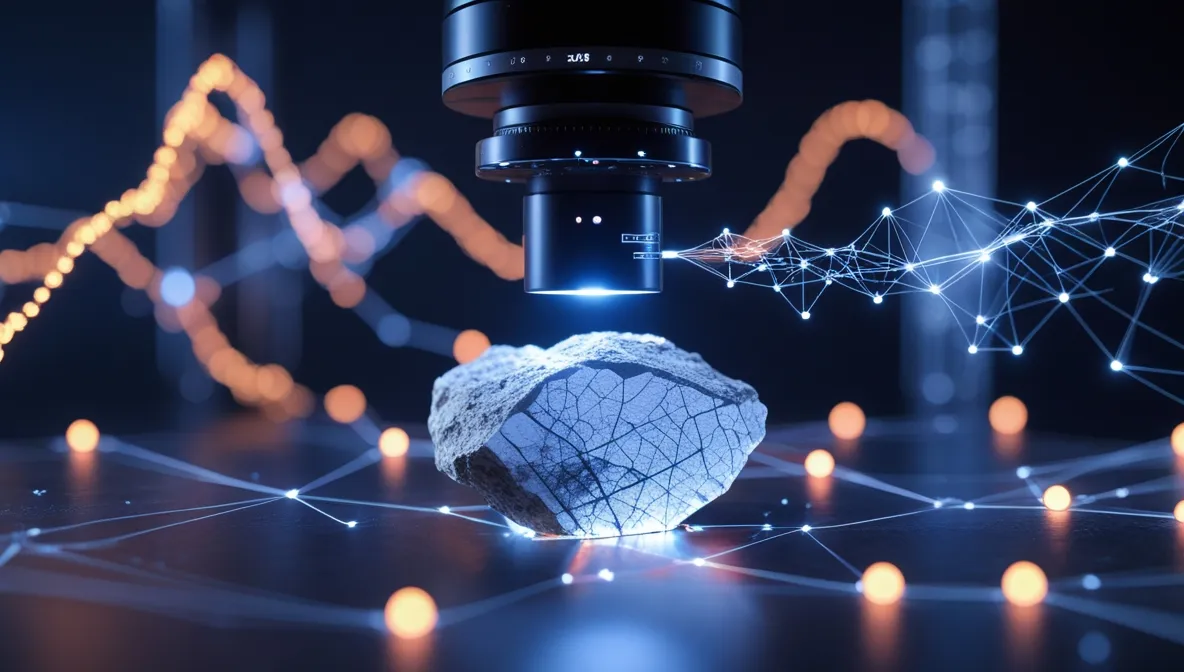
However, widespread adoption requires validation across large datasets of diverse rock types. Challenges remain — including limited access to advanced microtomography equipment in regional labs. Overcoming these barriers will likely demand public–private partnerships and infrastructure investments.


